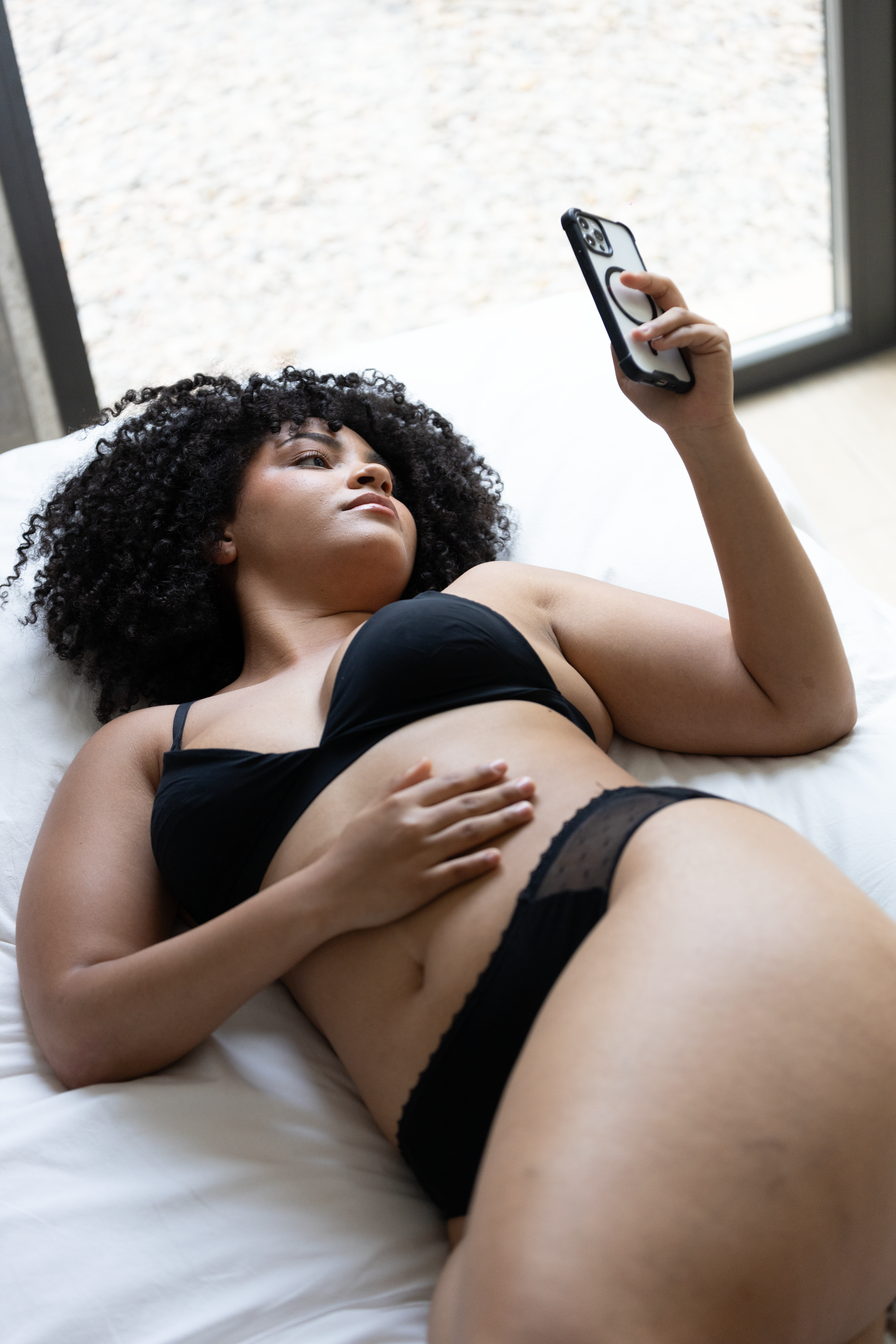
Three alterations in menstruation: hypermenorrhea, amenorrhea, and dysmenorrhea
The menstrual cycle is a process of changes and alterations. The bleeding that occurs every 28 to 30 days is usually different and unique month after month and varies from woman to woman, which means that none resembles the previous or the next.
But, there are alterations a little out of the ordinary that make the menstrual process more uncomfortable. Many women are unaware of this information and just suffer through it.
Adequate protection will help in many ways.
For proper intimate hygiene, it is always advisable to use cotton panties, where your skin can breathe without irritation. If you have any menstrual disorder, the ecological pads relieve irritation from the prolonged use of disposable pads.
Next, you will learn about three disorders and how to combat them. It is not only about expelling blood and suffering from menstrual cramps. Some of these disorders can be annoying.
Hypermenorrhea, amenorrhea, dysmenorrhea. What is it and how does it affect me?
1. Hypermenorrhea
It is the name that receives abundant and long-lasting menstruation, also known as metrorrhagia. It is an alteration in the amount of blood during the menstrual cycle. Within this alteration are counted:
- Abundant menstruation where you get to use more than six pads a day.
- When the duration of bleeding exceeds eight days.
- Increases the frequency of bleeding if the interval is less than 21 days between cycles.
It is usually presented by adolescents, premenopausal women who do not use hormonal treatments, and women with blood clotting problems. Bleeding is intense and prolonged in any of these cases.

2. Dysmenorrhea
Dysmenorrhea is defined as menstruation accompanied by severe pain in the abdominal and pelvic area, varying in duration either in advance or delayed.
Other associated symptoms are vomiting, diarrhea, fever, and clots. The most common associated cause is endometriosis, although it may appear for no apparent reason.
- Women with hormonal alterations.
- Women with polycystic ovaries.
- Adolescents during the first years of their periods.
3. Amenorrhea
It is the absence of menstruation and can be classified as primary if it never started or secondary if it has been interrupted later.
We speak of primary amenorrhea in the case of:
- There has never been menstruation over 16 years of age, although there is evidence of normal physical development (breasts and pubic hair).
- There has been no menstruation by the age of 14 years, but no evidence of other sexual development.
We speak of secondary amenorrhea in the case of:
- When menses are absent for six months or more despite having had them previously.

Should a doctor be consulted?
In all cases in which intimate health is involved, a specialist should be consulted. Many pathologies can be treated in time and can be prevented or even improved if only the expert in the case is consulted.
Self-medication, assumptions, or comparisons with other cases will solve little or nothing of our problems of menstrual alterations if the cause of these alterations is not studied. They all have probable causes and possible solutions.
Have you heard about eco-panties?





